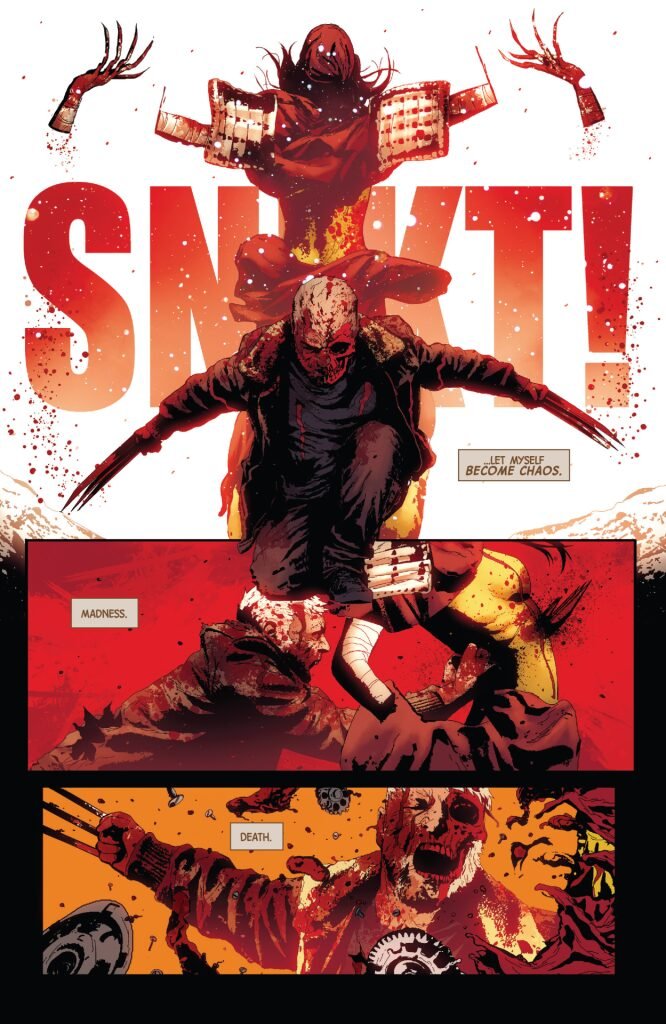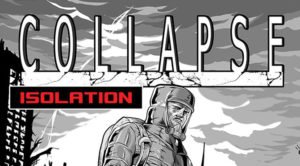Creators: Roy Thomas, Len Wein, John Romita Sr., Herbe Trimpe
Marvel Comics, October / November 1974
No doubt Marvel Comics has a great celebration planned for later in the year, but we thought we would get in first with our sincere congratulations to Wolverine, Canada’s most famous costumed comic book character (published by Americans).
Wolverine first appeared in The Incredible Hulk #181, published in November 1974. This is what he looked like:

In a very interesting interview in February 2019 with American comics’ favourite uncle Roy Thomas from the CBR site (Wolverine’s True Comic Book Origin According to Roy Thomas (cbr.com)), Mr Thomas insists that Wolverine was never intended to just be a villain:
“Since art director John Romita remembers me asking him to design a wolverine costume, I may have looked at it once or twice before Herb Trimpe drew it into the story. I didn’t have any special contact with Len or Herb about the character after that. I had done my job by coming up with the general concept and name of the character called the Wolverine, who would be introduced as a villain.
“Of course, at Marvel, that didn’t mean he wouldn’t be a hero, and I wouldn’t have bothered conceiving a Canadian super-character who was ONLY going to be a villain. That might just annoy Canadians, when I was trying to give them an extra reason to buy Marvel comics.“
Mr Thomas gave a similar explanation in an interview for Inverse.com in March 2022 The oral history of Wolverine, the unlikely superhero who saved the X-Men (inverse.com) :
Wolverine had to be introduced in Hulk because Hulk went all over the place. Bringing the Hulk to Canada was no big deal. Even though Wolverine was fighting Hulk, he was never meant to be a villain, that was just a good way to introduce him. I knew he’d be a hero eventually. So I called in [Hulk writer] Len Wein and asked him to, within the next month or two, bring in a character named Wolverine. I told him that he was Canadian and that he had to be short and bad-tempered because wolverines are small and bad-tempered.
Separately, John Romita designed the character. He’s the one who had the idea to give him these three claws. Len decided later they were made of Adamantium, which I liked because I’d come up with Adamantium when I worked on Avengers.
We doubt that Wolverine’s appearance in The Incredible Hulk was intended to be a springboard into heroism. The costume and the dialogue say otherwise. While other characters being created by Marvel Comics at around the time more or less looked like traditional superheroes, Wolverine was depicted in a bright yellow costume with sharp tiger stripes, borrowing from nature’s warning signs for hornets and bees. The mask was a supervillain mask, with a predator’s angles.
The long-curved metal claws where a far cry from the concussive melee weapons of Daredevil or Thor: the claws were clearly designed to cut and bleed. (In the same interview for Inverse.com, writer Chris Claremont said, “…around issue #98, Dave [Cockrum] came in with a sketch that had Logan’s fist with three claws coming out of it. I remember looking at it and going, “Oh my God, that’s disgusting.”… In some ways, he’s truly horrible and some of his teammates know just how horrible he is.“)
Wolverine snarls out a challenge to the Hulk, and he is introduced as a “raging powerhouse”.
None of these are indicia of a “good guy”, even at Marvel Comics where one of the best-selling titles was about a high school student with spider powers.
Wolverine fought the Hulk in 1974, but no harm was done. The possibility that the Hulk might have been killed by this ferocious man was explored eight years later in What If..? #31 (1982), when Wolverine viciously slices at the Hulk’s throat, murdering him:

By 1982, Wolverine’s rage was a common theme. Not long after his first appearance, Wolverine joined the mutant superhero team called the X-Men, as depicted in Len Wein’s and Dave Cockrum’s Giant Sized X-Men #1 (1975). Chris Claremont took over writing the title in the same year, depicting Wolverine as unstable, barely capable of being managed by Storm, and threatening her with his claws when she tells him to sheath them (X-Men #142, 1981).

One of the selling points of Wolverine (initially to an audience predominately of teenaged boys) as an antihero has been his “berserker rage” – a state of mind where he is not consciously in control of his violent actions:

Base-line Wolverine has been rehabilitated since then, through the efforts of Mr Claremont and Frank Miller. The two writers provided the character with the background of man struggling with his animalistic urges, but wishing to attain an unexpectedly Japanese path towards spiritual peace. In an interview with Mr Claremont for Empire Wolverine: From Comic Book Origins To Hard-Nosed Anti-Hero | Movies | %%channel_name%% (empireonline.com) Mr Claremont describes the impetus for his pitch to Frank Miller in 1983:
“Everyone was used to seeing him as a cliché, as just the monster. That was why Frank didn’t wanna do it, he didn’t wanna do four issues of Wolverine just hacking and slashing and farting around. And I didn’t wanna do that either. Any idiot can do that. It’s fun perhaps to draw, but so what?”


The pitch was to have Wolverine find honour in an adventure in Japan (with ninjas), and Mr Miller agreed to it. It changed the orientation of Wolverine from frenzied cut-throat to honourable ronin. That change has been characterised by different creative teams in different ways. Since 1982, some writers of Wolverine’s adventures treat Wolverine as if he is a reformed villain, a man who was violent and out-of-control who has, overtime, dealt with what are in essence psychopathic mental issues. (In a real world, Wolverine would have been locked up in a psychiatric ward.) This is especially because the effort at control often fails, depending upon who is writing the character.

Because Wolverine is capable of recovering from wounds leaving his flesh eviscerated from his body, creative teams frequently explore that goriness, using it as a reason for Wolverine’s descents into madness. We have seen Wolverine crucified, blown up, have his heart ripped out, his arm disintegrated by telekinises:

Pain leads to fury, an unquenchable lust for violence. It especially plays out well when Wolverine is battling his team-mates – here, the telepathic mutant ninja, Psylocke:

But not always. When Wolverine falls into an alien world’s atmosphere from orbital space, in that instance, he deals with the agony of being crisped through meditation (Astonishing X-Men (Volume 3) #19, written by Joss Whedon).
Comic creative teams working with Wolverine in various titles have been without much hesitation in pushing the character into villainous roles when the opportunity arises:
- the Hound, a feral version of Wolverine from another dimension controlled by Dark Phoenix (Avengers #63, 2022);
- the Age of Apocalypse Wolverine, who has taken on from mutant emperor Apocalypse the role of masterminding the extinction of humanity (Uncanny X-Force #19, 2010);
- Death, a Horseman of Apocalypse, as a consequence of having his mind wiped (X-Men #95, 1999); and
- the Lord of the Vampires. (What If…? (Volume 2) #24, 1991)



We think much of the temptation for writers to lead Wolverine down dark pathways is to do the claws. Wolverine is no Batman. As set out in the article in Empire, writer Mark Millar notes:
“The Punisher [also created in 1974] and Wolverine are very dark characters… They’re antiheroes, unlike the stuff that was created in the early ‘60s and they’re more reflective of the period they were created in, where the president was potentially going to jail. Wolverine was the first hero we’d ever seen do anything like that before. Even Batman would just knock guys out; Wolverine has metal claws and he kills people.”
Batman indeed often punches antagonists into a state of unconsciousness. But it is very rare to see Wolverine merely punch a villain. Storm’s command to only use the claws in dire situations has never been obeyed. In addition, artists use the claws as visual cues for movement. Blood streaking off the claws in arcs is a much more dramatic visual than a fluttering cape. For the writers, artists and audience, the claws are never far away.
Happy 50th birthday, Wolverine. Be good.


